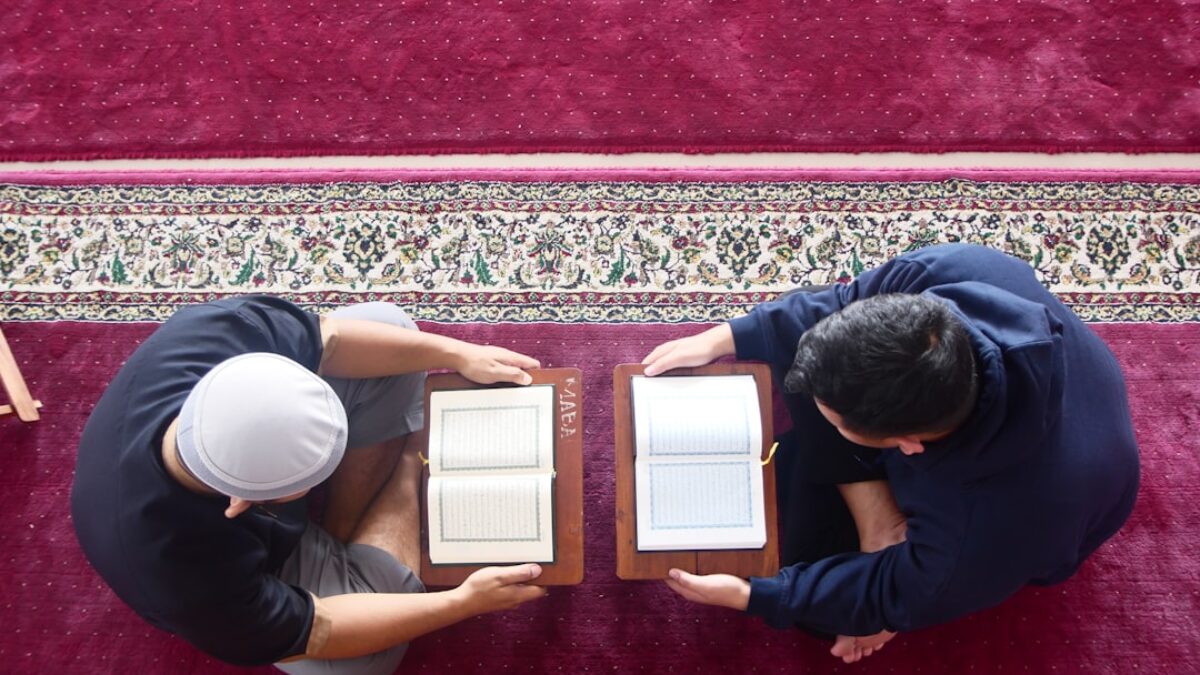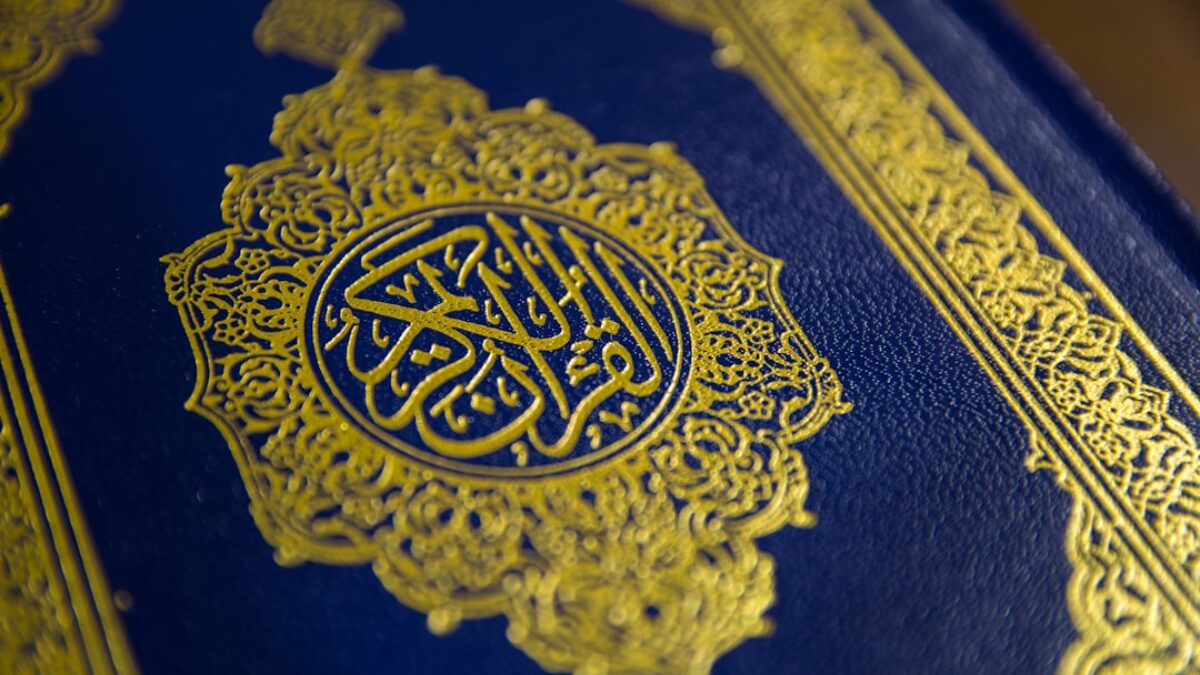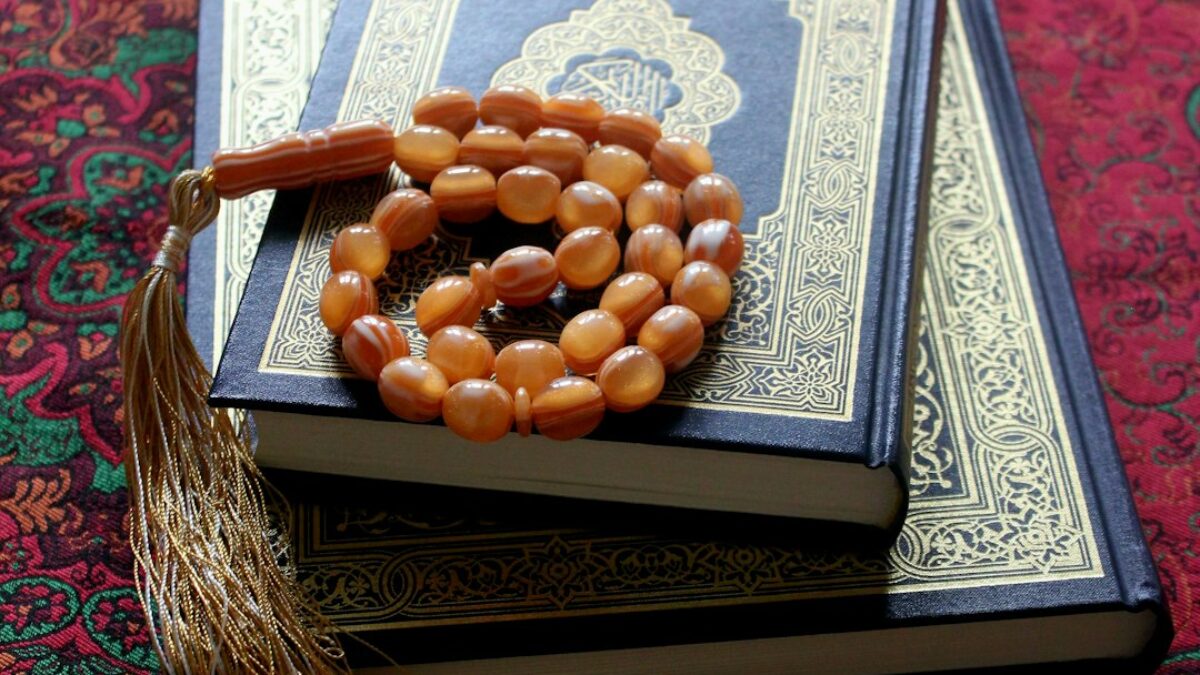Every parent, teacher, or faith-formation leader eventually faces the same challenge: How can we explain the concept of prophets to children in ways that feel exciting, understandable, and memorable? Prophets are not just ancient figures in dusty scrolls; they are courageous messengers whose stories brim with adventure, miracles, and timeless lessons. By using simple narratives, hands-on activities, and playful creativity, we can help kids discover that prophets are relatable heroes who listened to God and changed the world around them. In the next 2,000-plus words, you will find everything you need—age-appropriate language, step-by-step craft guides, easy-to-tell stories, and troubleshooting tips—to teach children about prophets joyfully and effectively.
Understanding the Concept of Prophets for Kids
What Is a Prophet in Kid-Friendly Language?
A prophet is someone who hears an important message from God and shares it with others so they can make good choices. Think of prophets as heavenly mail carriers—they deliver special letters from God to help people stay on the right path. Just as a coach calls out plays to help a team win, prophets call out guidance so families and communities can live happily and safely.
Why Young Minds Need Simple Frameworks
Children aged 3–12 think in concrete, story-driven patterns. They grasp truth more easily when it is:
- Visual—a picture of Jonah inside a big fish sticks in memory far longer than abstract theology.
- Relatable—a story about a boy Samuel hearing his name in the night mirrors a child’s own bedtime experiences.
- Action-oriented—crafts, songs, and skits turn passive listening into active participation.
By packaging prophetic narratives into these three channels, we meet kids where they are developmentally and spiritually.
Key Components of Teaching Kids About Prophets
1. Core Story Elements Every Child Should Know
- God’s Voice—how prophets listened through prayer, dreams, or nature.
- The Message—simple moral truths such as “Share,” “Be honest,” or “Protect the vulnerable.”
- People’s Response—some listeners changed; others ignored the advice.
- Miracle Moments—events that show God’s power and love (e.g., Elijah’s fire on the altar or Moses’ parting sea).
- Lasting Impact—how the prophet’s words still help us today.
2. Age-Specific Vocabulary Guidelines
| Age Group | Sample Words to Use | Words to Avoid or Explain |
|---|---|---|
| 3–5 years | helper, friend, message, listen, happy heart | oracle, covenant, rebuke |
| 6–8 years | guide, warning, trust, miracle, brave | iconoclasm, eschatology |
| 9–12 years | vision, justice, covenant, mission, prophecy | hermeneutics, supersessionism |
3. Essential Learning Objectives
- Recognize key prophets by name and symbol (e.g., Noah’s ark, Jonah’s whale).
- Recall at least one core lesson from each prophet’s story.
- Identify how to listen for God’s guidance in their own lives.
- Practice simple acts of kindness inspired by prophetic teachings.
Benefits and Importance of Teaching Kids About Prophets
Moral Development Through Narrative
Stories of prophets act as mental playgrounds where children test right and wrong in a safe setting. When kids hear how Daniel chose prayer over popularity, they rehearse courage without facing real lions.
Cultural Literacy and Interfaith Respect
Whether you are raising children in Islam, Judaism, Christianity, or a secular setting with spiritual curiosity, prophets form shared cultural pillars. Learning these stories builds bridges, encouraging respect across traditions.
Emotional Intelligence & Empathy
Many prophetic tales center on social justice—feeding the poor, freeing captives, welcoming strangers. By walking in the sandals of prophets, children feel the emotions of marginalized people and grow in compassion.
Practical Applications: Fun Activities & Simple Stories
Story Vault: Five Prophet Tales in 60-Second Versions
Use these ultra-short scripts during car rides or as bedtime “story snacks.” Feel free to expand or shrink them to fit your child’s attention span.
Noah and the Big Boat
God saw people hurting each other and asked Noah to build a giant boat. Noah obeyed—even when neighbors laughed. He filled the ark with his family and animals. The flood washed everything clean, and God sent a rainbow promise: “I will always love and protect you.”
Jonah and the Whale Timeout
Prophet Jonah ran away from God’s instructions. A huge fish gave him a three-day “time-out” to rethink. Jonah said sorry, went to Nineveh, and the whole city chose kindness. The lesson: “It’s never too late to turn around and do the right thing.”
Moses and the Talking Bush
Moses saw a bush on fire but not burning. God spoke from it: “Go set my people free.” Moses felt scared, yet his brother Aaron helped. With God’s power, they led the Israelites to freedom. Message: “God can use shy people too!”
Samuel’s Bedtime Call
Little Samuel heard his name at night and thought it was the priest Eli. After the third “Samuel, Samuel!”, Eli realized God was calling. Samuel answered, “Speak, your servant is listening.” He grew up to be a wise prophet. Takeaway: Good listeners make great leaders.
Mary’s Brave “Yes” (a prophetic figure in Christianity)
Angel Gabriel told Mary she would bring Jesus into the world. Though surprised, she said, “Let it be.” Mary’s courageous acceptance shows us how one yes can change history.
Activity Station 1: Prophet Story Stones
Materials: 7–10 smooth rocks, acrylic paints, permanent markers, clear sealant.
- Paint each stone a different solid color.
- Add simple symbols: rainbow (Noah), tiny whale (Jonah), burning bush (Moses), pillow (Samuel), lily (Mary).
- Seal stones for durability.
- Place stones in a small bag. Children draw one at bedtime and retell its story.
Extension: Let kids invent new symbols for modern-day “prophets” like environmental activists or kind teachers.
Activity Station 2: Prophet Timeline Washing Line
Materials: yarn, clothespins, printable prophet cards (dates on back), crayons.
- String yarn across a wall or bookshelf like a mini clothesline.
- Mix up the cards and have kids clip them in order from earliest to latest.
- Use crayons to color-code cards: green for hope messages, red for warnings, blue for miracles.
- Take a photo of the finished timeline and text it to grandparents for inter-generational conversation.
Activity Station 3: “Mail from Heaven” Role-Play
Set-up:
- Designate one child as the prophet, another as the messenger angel, and remaining family members as the townspeople.
- Use folded paper “letters” with prompts like “Share your snack today” or “Help your sibling.”
- After delivering the message, townspeople act it out immediately—distributing crackers or tying a sibling’s shoes—cementing the lesson in muscle memory.
Activity Station 4: Miracle Science Experiments
Moses’ Parting Sea (Density & Color)
Materials: clear vase, water, red food coloring, vegetable oil, blue dish soap.
- Fill vase halfway with water and tint it red.
- Slowly pour a layer of oil on top (represents water walls).
- Drop a thin ribbon of blue soap between the “walls” to mimic the Israelites’ path.
- Watch the colors swirl—then discuss how God made a safe road in scary times.
Elijah’s Fiery Altar (Chemistry)
Materials: sand tray, small stones, baking soda, vinegar, red glitter.
- Build a mini altar with stones in the sand tray.
- Spoon baking soda on top.
- Add vinegar mixed with glitter—fizzy “fire” appears.
- Link the excitement to Elijah’s prayer and God’s answer.
Activity Station 5: Prophet Puppets & Theater
Materials: lunch bags, construction paper, googly eyes, glue sticks, popsicle sticks.
- Create a puppet for each prophet (rainbow collar for Noah, whale mouth for Jonah).
- Write key dialogue on cue cards in large letters for early readers.
- Stage a 5-minute “Prophet Parade” after dinner.
- Record on phone and share with distant relatives to reinforce family storytelling culture.
Activity Station 6: Songs & Rhythmic Chants
Music cements memory. Try these piggy-back tunes:
(To “If You’re Happy and You Know It”)
“If you hear a prophet’s message, clap your hands… If it tells you to be kind, clap your hands…” (To “B-I-N-G-O”)
“There was a man who built a boat, and Noah was his name-o… N-O-A-H, N-O-A-H…”
Creating a Prophet-Friendly Learning Environment
Home Corner
Set aside a “Prophets Basket” on the coffee table: picture books, mini dolls, and felt scenery pieces. Rotate items monthly to match the season (e.g., Advent, Ramadan, Passover).
Classroom Corner
Label walls with three zones:
- Listen—a cozy rug with headphones for audio Bible stories.
- Create—art supplies for prophet-themed crafts.
- Act—a small stage with curtains for skits.
Digital Corner
Curate a kid-safe playlist on YouTube Kids or Vimeo with animated prophet stories under 5 minutes. Always preview content and enable restricted mode.
Frequently Asked Questions
What age should I start teaching my child about prophets?
Start as early as age 2–3 with picture books and simple vocabulary. Toddlers benefit more from visual symbols (rainbow, boat, fish) than full narratives. By 4–5, children can absorb 60-second versions of stories. Ages 6–8 are ideal for timeline activities and
























Post Comment